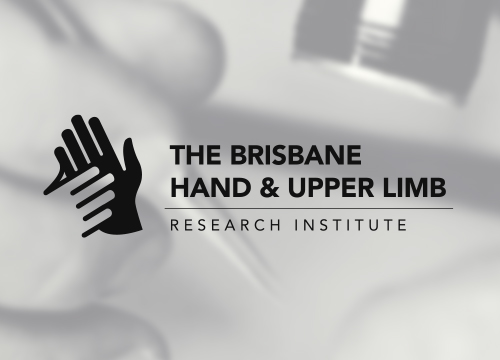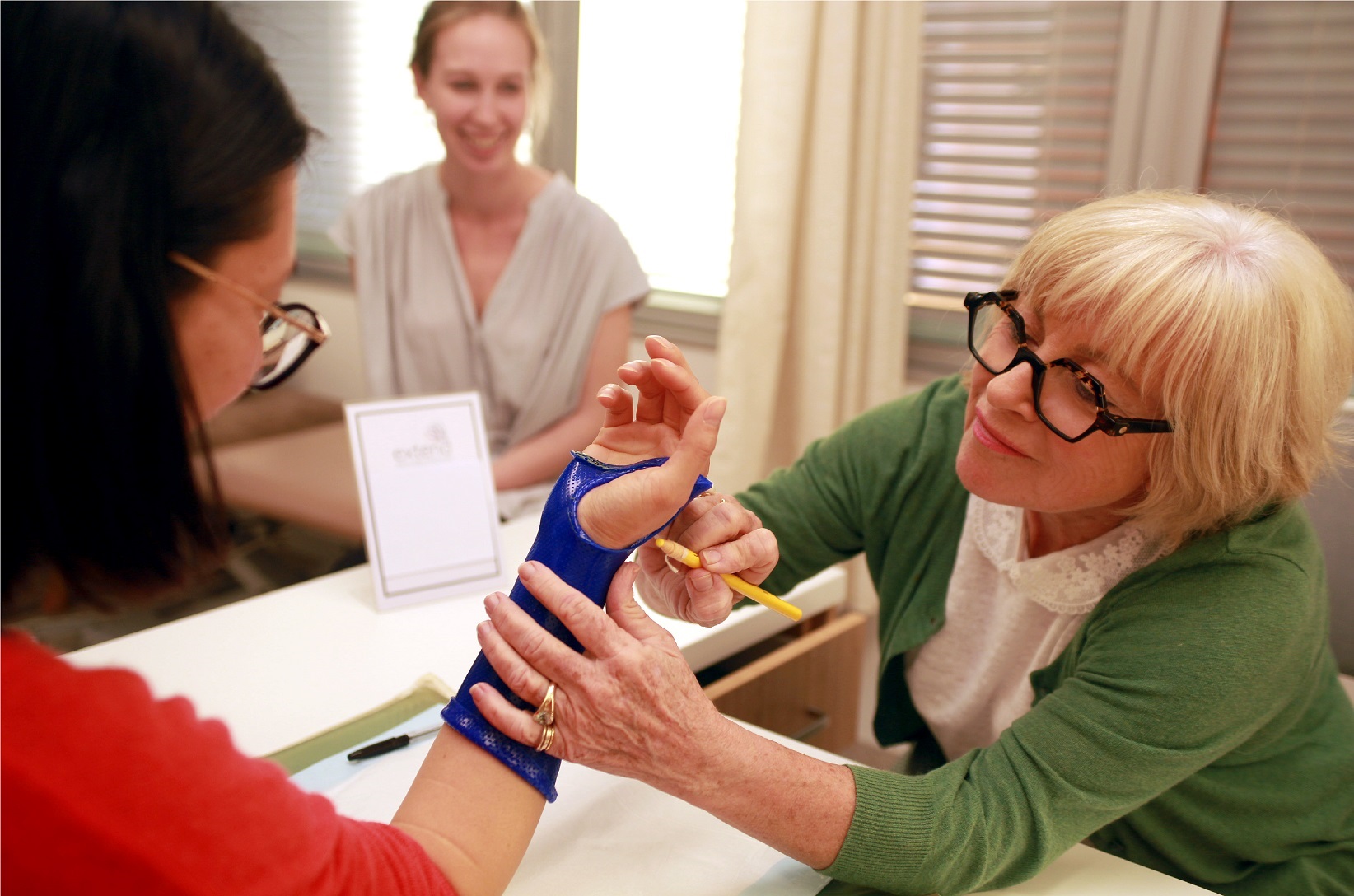Mark Ross, Gregory Couzens, Livio Di Mascio, Susan Peters
Distal radial fractures are one of the most common fractures of the upper extremity. Instability of the distal radio-ulnar joint (DRUJ) is a troubling complication that can occur following a radial fracture or malunion. The biomechanics of this joint is complex and the relative importance of each structure in the maintenance of stability remains controversial. In the past, importance has been placed on the status of the ulnar styloid. However subsequent interest has focused on soft tissue constraints and many surgical strategies have focused on these two factors in both the acute and reconstructive phase. Advances in the treatment of these fractures with internal fixation to gain anatomical reduction and early movement with fragment specific fixation of the distal radius in our experience decreases the incidence of instability of the DRUJ following these fractures. With the increasing popularity of internal fixation of distal radius fractures with volar locked plating systems, it has been hypothesised that instability of the DRUJ may also be caused by radial translation malunion.
Commonly used radiographic parameters that assess fracture reduction often do not take into account radial translation of the distal fragment (which effectively detentions the interosseous membrane and pronator quadratus) and thus leads to DRUJ instability. For this reason, we have studied the normal radiographic parameters of distal radial radiographs in an attempt to provide a simple and reproducible way of identifying and evaluating “residual radial translation”.
Antero-posterior radiographs with no evidence of an acute fracture or dislocation or history of previous fracture or dislocation were identified. These radiographs were of skeletally mature individuals who had no history of distal radioulnar instability. Radial translation was measured by drawing a line along the ulnar aspect of the radius and into the proximal row of the carpus. This line intersects the lunate. The point of intersection was evaluated by drawing a second line along the transverse width of the lunate on the AP radiograph which was parallel with the distal radial articulation. The point of intersection was evaluated measuring from the radial side of the lunate. A single author repeated these measurements for all radiographs studied at two separate sittings to evaluate for intra-observed variability. In an attempt to evaluate for inter-observer variability, two fellowship trained upper limb surgeons took measurements on 25 of the radiographs each.
Our results propose a new parameter to measure radial translation, so that DRUJ instability can be minimised following distal radius fractures.
This study has been published in the Journal of Wrist Surgery. Results of this study can be found 📄here.




